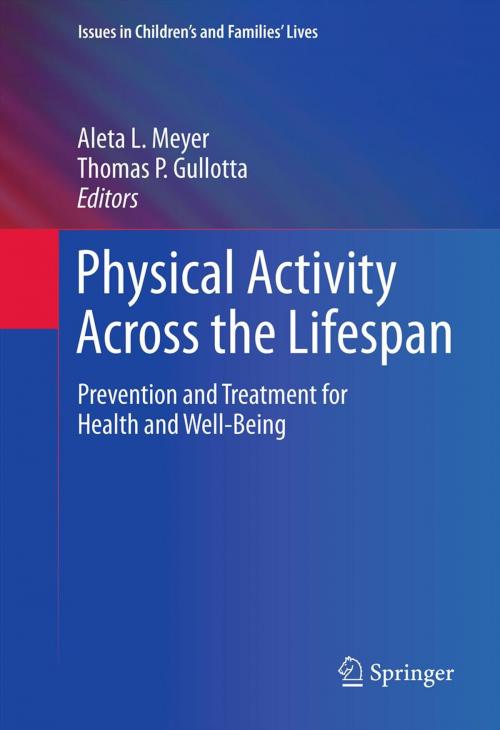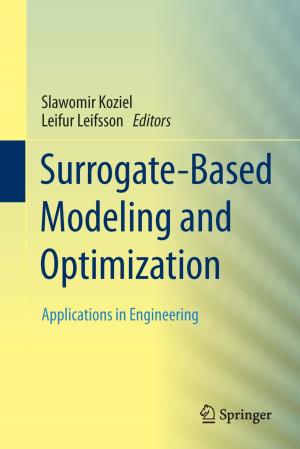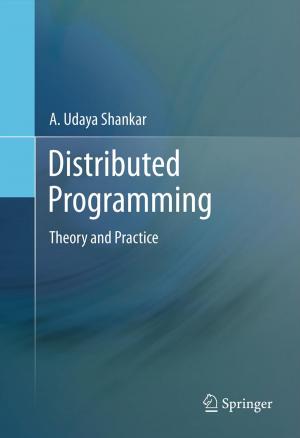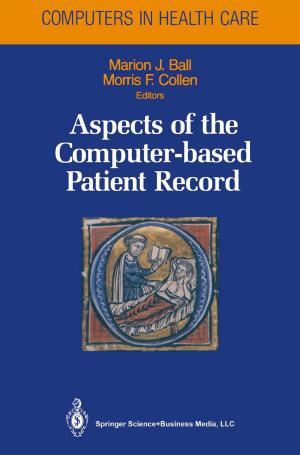Physical Activity Across the Lifespan
Prevention and Treatment for Health and Well-Being
Nonfiction, Health & Well Being, Medical, Specialties, Preventive Medicine, Psychology, Child & Adolescent, Child Development| Author: | ISBN: | 9781461436065 | |
| Publisher: | Springer New York | Publication: | June 15, 2012 |
| Imprint: | Springer | Language: | English |
| Author: | |
| ISBN: | 9781461436065 |
| Publisher: | Springer New York |
| Publication: | June 15, 2012 |
| Imprint: | Springer |
| Language: | English |
The statistics are disturbing: steadily rising numbers of sedentary overweight children and obese teens, and a generation looking at a shorter life expectancy than their parents’. But while it may be obvious that physical fitness benefits both the mind and body, a growing research base is supplying evidence of why this is so, and how these benefits may be reproduced in greater numbers.
Physical Activity Across the Lifespan makes a clear, scientific case for exercise, sports, and an active lifestyle in preventing illness and establishing lifetime health habits at both the individual and the population levels. The book focuses on key aspects of physical/mental well-being—weight, mood, and self-regulation—and the role of physical activity in public health and school-based interventions targeting these areas. Contributors review definitional and measurement issues salient to understanding what physical activity is, to analyzing benefits of participation, and to implementing effective interventions. Also addressed are limitations of current research, steps needed to continue building the field, and emerging therapeutic possibilities for activity, such as the role of rough and tumble play in preventing ADHD.
Included in the coverage:
Physical activity, cognition, and school performance.
The influence of social and built environments on physical activity in middle-aged and older adults.
Preventing and treating obesity through physical activity.
Physical activity in preventing drug use and treating chemical dependence.
Antidepressant properties of physical activity.
Schools as a foundation for physical activity and an active lifestyle.
Physical activity as an adjunct or booster to existing interventions.
Physical Activity Across the Lifespan is an innovative text for researchers and practitioners in various disciplines including health promotion/disease prevention, child and school psychology, education, health psychology, and public health, as well as program developers and policymakers in these areas.
The statistics are disturbing: steadily rising numbers of sedentary overweight children and obese teens, and a generation looking at a shorter life expectancy than their parents’. But while it may be obvious that physical fitness benefits both the mind and body, a growing research base is supplying evidence of why this is so, and how these benefits may be reproduced in greater numbers.
Physical Activity Across the Lifespan makes a clear, scientific case for exercise, sports, and an active lifestyle in preventing illness and establishing lifetime health habits at both the individual and the population levels. The book focuses on key aspects of physical/mental well-being—weight, mood, and self-regulation—and the role of physical activity in public health and school-based interventions targeting these areas. Contributors review definitional and measurement issues salient to understanding what physical activity is, to analyzing benefits of participation, and to implementing effective interventions. Also addressed are limitations of current research, steps needed to continue building the field, and emerging therapeutic possibilities for activity, such as the role of rough and tumble play in preventing ADHD.
Included in the coverage:
Physical activity, cognition, and school performance.
The influence of social and built environments on physical activity in middle-aged and older adults.
Preventing and treating obesity through physical activity.
Physical activity in preventing drug use and treating chemical dependence.
Antidepressant properties of physical activity.
Schools as a foundation for physical activity and an active lifestyle.
Physical activity as an adjunct or booster to existing interventions.
Physical Activity Across the Lifespan is an innovative text for researchers and practitioners in various disciplines including health promotion/disease prevention, child and school psychology, education, health psychology, and public health, as well as program developers and policymakers in these areas.















